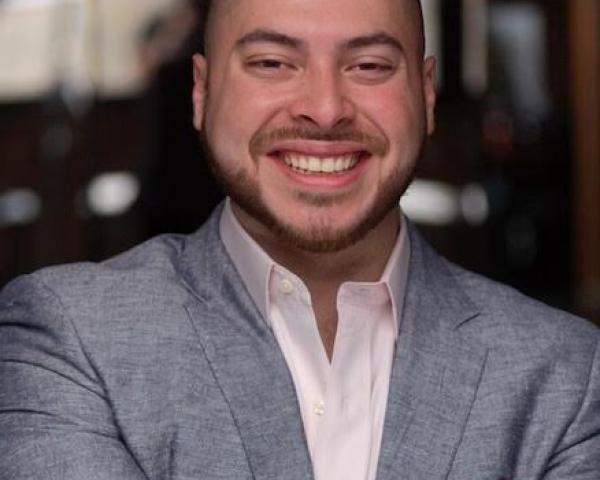The U.S. has grown to become the second-largest Spanish-speaking country in the world, only behind Mexico. The impact the Hispanic population has had — and will continue to have — on this country is quite vast, especially with purchasing power nearing $2 trillion. This serves as an extraordinary opportunity across a variety of markets, insurance being one of them.
While this demographic shift has created a once-in-a-generation opportunity to serve a historically underserved market, many in the Hispanic community continue to struggle when it comes to getting insurance, which goes for both personal and commercial insurance. Not only is it challenging for this customer to find and evaluate options in Spanish, but the customer is also often forced to brick-and-mortar brokerages, two inconveniences that could easily be solved.
Conning Research predicts that there will be more 30 million new Hispanic drivers searching for insurance throughout the next 30 years. Why not meet the need?
To do so, it’s important to understand the distinctions in purchasing behavior and preference when comparing the Hispanic market with the broader insurance market. These differences are critical in effectively servicing this market.
Younger Customer = Opportunity for Longer-Term Value
Because the Latino consumer is younger than the general population, with a median age of 28, this younger customer base translates into a longer average lifetime as they enter their prime earning years. The trend in increasing purchasing power also reflects the increasing needs for personal insurance, from car insurance today to homeowner’s insurance in the future.
This is also an opportunity to build a customer base that over-indexes on brand loyalty, as more than 50% of Latinos are “likely to find a good source and stick with it,” compared with just over a third of the broader market. A relationship can unlock long-term value and pay dividends over time.
Being Available in Spanish Is Non-Negotiable
Most of the Latino market prefers to speak Spanish, so, if you’re interacting with prospective Latino customers, you should consider providing Spanish language materials or support. You can hire employees who speak Spanish or contractors who can translate your marketing materials. This will open up access to a market that cannot be uniformly served in English.
Understand What’s Needed and Prioritize Relationship-Building
Most U.S. Hispanic consumers today primarily purchase auto and health insurance. Given the socioeconomic and cultural characteristics of our community, many Latinos focus exclusively on buying the insurance they need.
While many insurance companies want to serve the Latino market, they often ignore the fact that customers are primarily purchasing basic auto insurance and basic health insurance. While maybe not the ideal purchase for insurers right off the bat, these products can serve as an entryway to serving the future insurance needs of the customer, or even providing other valuable and complex products. In many working-class neighborhoods, for example, auto insurance is purchased at the same place where you do your taxes or get loans, so by building a relationship with the Latino consumer you will have the opportunity to earn more of their business in the future.
See also: 3 Tips for Increasing Customer Engagement
Use the Right Channels
Building a relationship with your Latino customer first requires meeting them where they are. Latinos are extremely tech-savvy and spend more time on their mobile phones than any other demographic. Latinos do research, watch television and purchase all over their phone. Using mobile channels, like social media and text messaging, to reach and service our community will help lower your costs and increase chances of success.
Putting the proper measures in place to find and attract Latino customers is a no-brainer. It’s not only the right thing to do to provide this underserved demographic with easy-to-access and fair-priced insurance, but it also means increased customer acquisition and revenue numbers for you. To move beyond intention and into implementation, work with your Latino employees to better understand the community, hire employees who know the market and explore partnering with other trusted service providers in the community.
By taking advantage of this opportunity, insurers will reap the rewards throughout the next decade. And if you don’t meet the market need, someone else certainly will.






